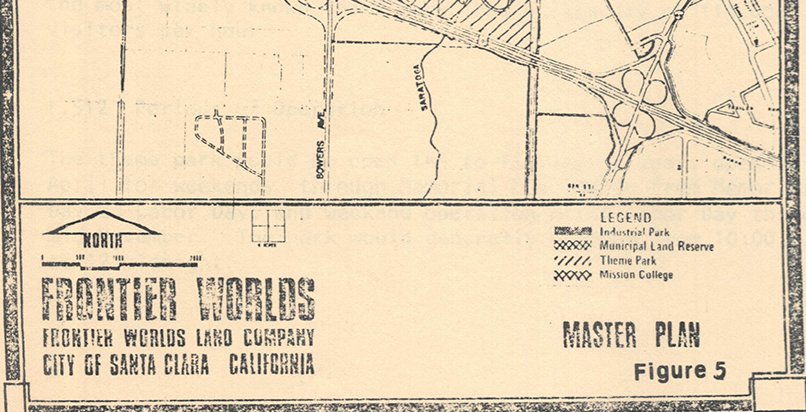
The MArriott Parks
-
History of the parks
-
The 3rd park, Pt 1
-
The 3rd park, Pt 2
-
The 3rd park, Pt 3
-
The 3rd park, Pt 4
-
The 3rd park, Pt 5






